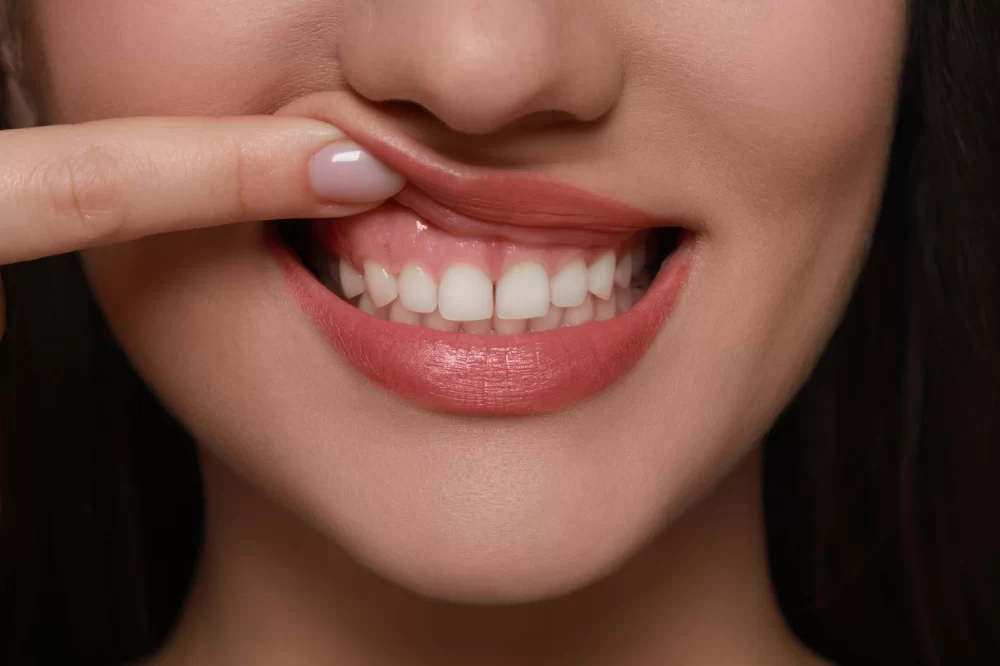
- Understanding-gingivitis-and-its-effects
- Daily-practices-for-gingivitis-prevention
- Lifestyle-factors-that-influence-gingivitis-risk
- Real-life-experiences-showing-the-impact-of-prevention
- Expert-tips-and-resources-for-optimal-gum-health
1. Understanding Gingivitis and Its Effects
Gingivitis is a common but often overlooked condition characterized by inflammation of the gums. If untreated, it can progress to more severe gum disease, causing discomfort, bleeding, and even tooth loss. Understanding how to prevent gingivitis is the first step toward maintaining a healthy, pain-free mouth.
The root cause of gingivitis is usually plaque buildup—a sticky film of bacteria that accumulates along the gumline. When plaque is not removed properly through daily oral hygiene, it irritates the gums, causing redness and swelling. Unlike advanced gum disease, gingivitis is reversible with timely care, highlighting the importance of prevention.
In addition to affecting oral health, persistent gingivitis may contribute to systemic health issues such as cardiovascular disease, making prevention even more critical.
2. Daily Practices for Gingivitis Prevention
Learning how to prevent gingivitis involves adopting a consistent oral care routine that targets plaque removal and gum protection. Here are essential daily practices:
2.1 Effective Brushing Technique
Brushing at least twice a day with a soft-bristled toothbrush and fluoride toothpaste is vital. Holding the brush at a 45-degree angle to the gums allows for gentle removal of plaque without damaging tissues. Circular, sweeping motions ensure even coverage and minimize irritation.
2.2 Flossing to Reach Hidden Areas
Flossing once daily cleans between teeth where brushes can’t reach. Removing food particles and plaque from these tight spaces prevents bacteria buildup and reduces inflammation.
2.3 Using Mouthwash
Antiseptic mouth rinses can further reduce harmful bacteria and soothe gums. However, mouthwash should complement, not replace, brushing and flossing.
3. Lifestyle Factors That Influence Gingivitis Risk
Besides daily oral care, lifestyle choices play a significant role in gingivitis prevention:
3.1 Balanced Diet
A diet rich in vitamins and minerals, especially vitamin C and calcium, strengthens gums and improves resistance to infection.
3.2 Avoiding Tobacco Products
Smoking and chewing tobacco significantly increase the risk of gum inflammation and delay healing processes.
3.3 Managing Stress
Stress affects immune response and can exacerbate gum disease. Practicing relaxation techniques supports oral and overall health.
3.4 Regular Dental Visits
Professional cleanings every six months remove hardened plaque (tartar) and provide opportunities for early detection and intervention.
4. Real-Life Experiences Showing the Impact of Prevention
Take the example of Emily, who struggled with bleeding gums for months. After learning about how to prevent gingivitis through her dentist, she improved her brushing technique and started flossing regularly. Within weeks, her gum inflammation subsided, and she regained confidence in her smile.
Another story is James, whose busy lifestyle led him to neglect oral care. His dentist warned him of early gum disease signs and recommended changes. With support from the professional guidance and products available at Dentistry Toothtruth, James adopted healthier habits that stopped disease progression.
These cases show that prevention is not just about avoiding problems but empowering oneself to enjoy lasting oral wellness.
5. Expert Tips and Resources for Optimal Gum Health
Dental professionals emphasize that understanding the causes and methods on how to prevent gingivitis is crucial. Personalized advice during dental visits helps tailor care to individual needs.
Choosing the right toothbrush, toothpaste, and floss, alongside maintaining a healthy lifestyle, creates a robust defense against gum disease. For those seeking quality dental products and expert guidance, Dentistry Toothtruth offers trusted recommendations and services to support your journey toward healthy gums.
Remember, prevention is always better than cure. With the right knowledge and tools, you can protect your gums and maintain a radiant smile for years to come.







 Allendale Dental King of Prussia PA3.0 (10 review)
Allendale Dental King of Prussia PA3.0 (10 review) SA Orthodontics5.0 (62 review)
SA Orthodontics5.0 (62 review) David J Wiseman, DDS4.0 (11 review)
David J Wiseman, DDS4.0 (11 review) Above & Beyond Dentistry & Implants4.0 (540 review)
Above & Beyond Dentistry & Implants4.0 (540 review) Dr. Irina Babayan4.0 (9 review)
Dr. Irina Babayan4.0 (9 review) Elizabeth D. Caughey D.D.S. PC4.0 (19 review)
Elizabeth D. Caughey D.D.S. PC4.0 (19 review) The Importance of Oral Health Education During Pregnancy for a Healthy Pregnancy
The Importance of Oral Health Education During Pregnancy for a Healthy Pregnancy Best Tips for Brushing Your Teeth Properly for Healthy Gums: Essential Techniques for Oral Health
Best Tips for Brushing Your Teeth Properly for Healthy Gums: Essential Techniques for Oral Health Why Skipping Dental Checkups Can Lead to Bigger Oral Health Problems
Why Skipping Dental Checkups Can Lead to Bigger Oral Health Problems Advantages of Porcelain Dental Restorations
Advantages of Porcelain Dental Restorations How Can Diabetes Cause Tooth and Gum Problems? Preventing and Managing Oral Health Issues
How Can Diabetes Cause Tooth and Gum Problems? Preventing and Managing Oral Health Issues Healthy Habits for Promoting Good Oral Health and Hygiene: Tips for a Healthy Smile
Healthy Habits for Promoting Good Oral Health and Hygiene: Tips for a Healthy Smile